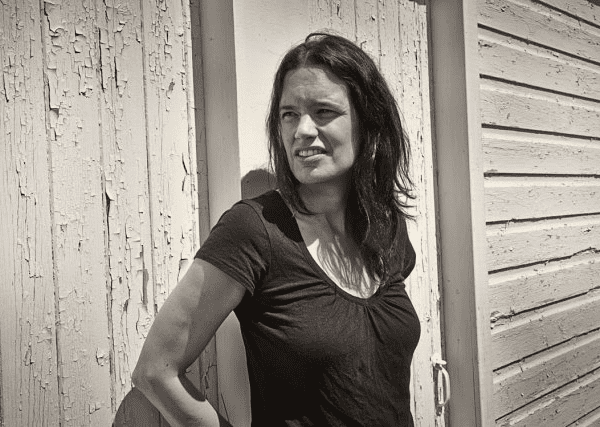Author of the Month: Leanne Simpson

Diaspora Dialogues
March 3, 2014

Tell us about yourself.
I am a writer, story-teller, educator and activist of Michi Saagiig Nishnaabeg ancestry and I live in Nogojiwanong (Peterborough, Ontario).
When did you realize you had a passion for writing?
Recently. I’ve written since I was a kid, but I don’t think anyone ever saw that in me and I didn’t see it in myself either.
What pieces of writing/authors have had the greatest impact on you?
Lee Maracle was the first Indigenous woman writer I ever read and her work still breaks my mind and my heart. Thomas King has also had a tremendous impact on me and many Indigenous writers of my generation. I love the work of Anishinaabe performance artist Rebecca Belmore, and dancers/choreographers Santee Smith and Rulan Tangen. They often embody in their work what I’m (trying) to write about. Anishinaabeg Elders Doug Williams and Edna Manitowabi are fantastic storytellers and have both been tremendous mentors and friends to me. The paintings of Robert Houle. Ellen Gabriel is just an incredible orator, and this is where our stories really live. I’ve also been recently blown away by a new generation of Indigenous playwrights—Waawaate Fobister, Cliff Cardinal and Renellta Arluk for instance. Ryan McMahon, an Anishinaabe comedian challenged me to go to some more difficult places in my work. The academic work of Dene scholar Glen Coulthard, Mohawk scholar Taiaiake Alfred and Andrea Smith has also really challenged and changed my thinking. Junot Diaz, Richard Van Camp and Denis Johnson all taught me about the short story. The poetry/lyrics of John K. Samson, Tara Williamson, Boots Riley, bell hooks, Shane Rhodes, and Jon Paul Fiorentino. And of course Zoe Whittall, and so many others.
How and when do you find time to write?
I don’t know. Left to my own devices, no matter what situation I find myself in, I always seem to find time to write, often to the detriment of a lot of other things.
What has been some of the biggest challenges you’ve faced as a writer?
It is a very difficult challenge for Indigenous writers and writers of colour to access our audience, particularly those of us that write for our own communities first. My audience doesn’t read Canadian literary magazines, attend writers festivals or go to fancy book launches. So one of the things Indigenous writers have to do, is to build our audience by taking our work to where our community is . . . this often means self publishing, blogging and launching our work at community events. This is actually really wonderful because in my experience, there is no greater feeling than writing something and having the people that mean the most to you in the world connect with it. I was extremely lucky to find Arbeiter Ring Publishing—a publisher dedicated to publishing work from the margins—without them, I’m not sure I would be a writer. And of course, this is starting to change with all these great new Indigenous publications like Kimiwan, Muskrat Magazine and As Us Literary Journal, and that’s a very amazing thing.
How have you changed as a writer over the years?
As I get older, I care a lot less what other people think and I am far more willing to be vulnerable, take risks and speak my truth. That is one of the truly fantastic gifts of age.
